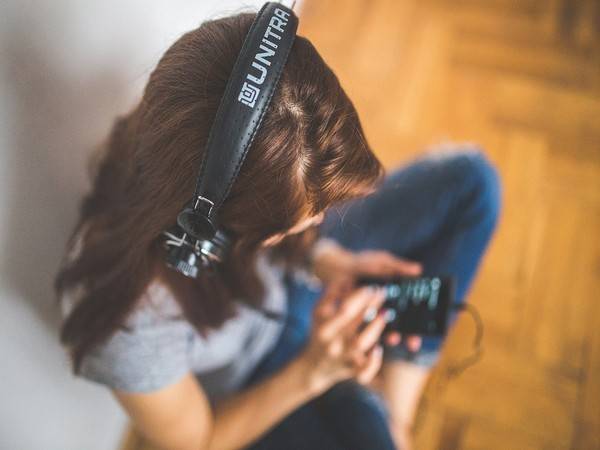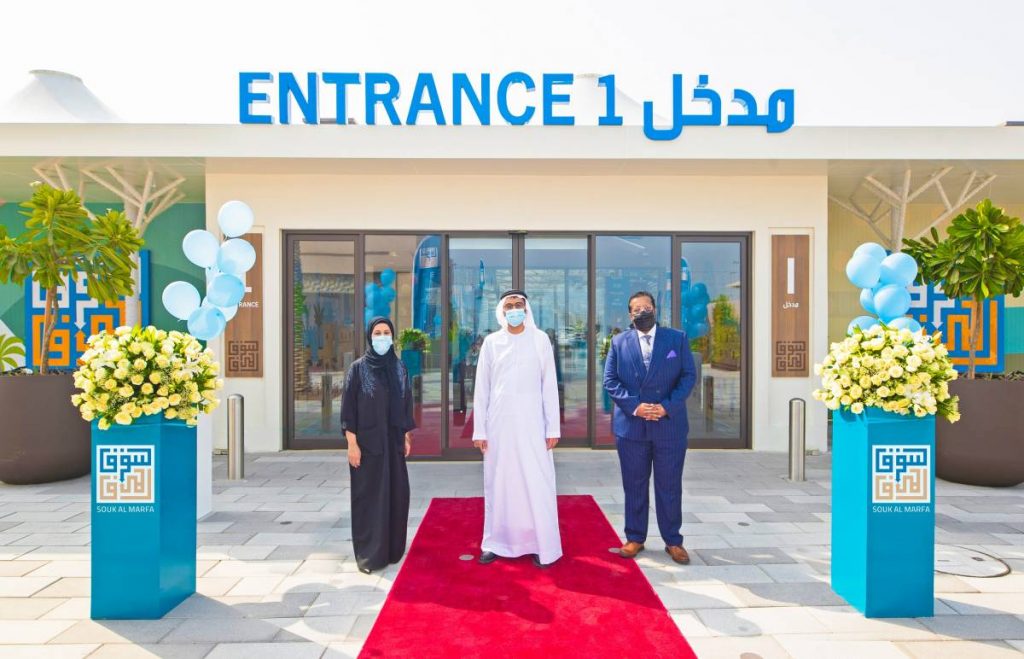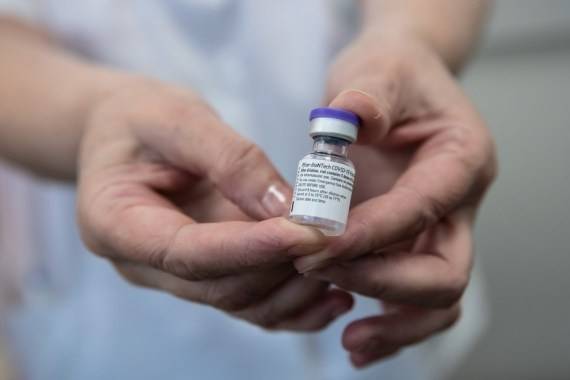The Indian Rupee gained 79 paisa or 1.03 per cent to close at Rs 75.80 to the US Dollar. Dow Jones had a great showing and was up 1,810.74 points or 5.50 per cent to close at 34,754.93 points…reports Arun Kejriwal
The week gone by was a short week with just four trading sessions. Markets saw gains on three of the four trading sessions and gained substantially. BSESENSEX was up 2,313.60 points or 4.16 per cent to close at 57,863.93 points while NIFTY gained 656.60 points or 3.95 per cent to close at 17,287.05 points. The broader indices saw BSE100, BSE200 and BSE500 gain 3.78 per cent, 3.56 per cent and 3.41 per cent, respectively. BSEMIDCAP gained 2.21 per cent, while BSESMALLCAP was up 2.08 per cent.
The Indian Rupee gained 79 paisa or 1.03 per cent to close at Rs 75.80 to the US Dollar. Dow Jones had a great showing and was up 1,810.74 points or 5.50 per cent to close at 34,754.93 points.

The Russia-Ukraine war will complete one month in another three days. The attack had begun on February 24. The level of BSESENSEX and NIFTY on the February 23 was at 57,232.06 points and 17,063.25 points. The low was made on March 8 at 52,260.82 points and 15,671.45 points. The closing levels on Thursday were 57,863.93 points and 17,287.05 points, respectively. The effect of the war on Indian markets lasted a mere seven days with the bottom being established on the eight-trading day (March 8). Thereafter in another seven days markets have overtaken the levels from where they began to fall. As of the weekly closing, we are up about 650 points on BSESENSEX and about 220 points on NIFTY.
No effect of supply constraints, disruption, runaway rise in commodity prices, edible crude oil, crude oil prices, which have now come down. Sanctions imposed on Russia and people who would trade with them. Looking at the markets in their current state it appears as if there was no war.
The US Federal Reserve has raised interest rates for the first time since 2018 and kept the rate at 0.25 per cent-0.50 per cent. The tone of the press conference was extremely hawkish and experts believe that going forward one would see 4-5 rate hikes in the coming 12 months or earlier. The US government is concerned at inflation which is ruling at a 42 year-high since 1980.
Russia is alleging that the US has financed the setting up and running of biological warfare labs in Ukraine which has become a matter of serious concern. While aggression, bombing and surrounding of key cities and towns in Ukraine continues, talks are also being contemplated with little or no result. When the two parties will thrash out a solution is anybody’s guess.
In economic news in India, gross tax collections for the current financial year have been extremely robust at Rs 13.63 lakh crore against 9.18 lakh crore in the previous year at the same time. A buoyant stock market has also helped matters and the collections on the STT front are an indication of this where the revised estimate which was increased has been crossed as well.
The follow-on public offer from Ruchi Soya of Rs 4,300 crore would open on March 24 and close on March 28. The price band as announced on the stock exchanges today, is a very attractive Rs 615-650. If one looks at the closing price as of March 17 of Rs 1,004.45, the discount is around 35 per cent at the top end. Even if one considers the price prevailing one week ago when the issue dates were announced of Rs 804, the discount at the top end is more than a decent amount of 20 per cent. Very clearly the intention of the company is to give a sweet deal to new investors who would become a part of the company post this follow-on offer.
Indian oil companies have been buying Russian crude at deep discounts and the overall share of Russian crude in the oil basket has gone up substantially. With the lifting of sanctions on Iran, Iran has offered to supply crude to India by reviving the Rupee-Rial trade as well. These two steps would help reduce the pressure on the Indian government on account of rising crude price worries.
Geopolitical tensions will continue to dominate the world markets in the coming weeks. The fact that losses on account of war have been wiped out from Indian markets and also the US markets, its time to look at the risk-reward profile from hereon. All the risks have disappeared as far as market level or stock price is concerned. What remains is the head winds on all those fronts. One does not know the impact of war because there seems no time frame in which this could be resolved. The impact of interest rate hike in US has to be understood by markets and digested. Corporate results are just a fortnight away and it would be interesting to see how corporates have fared.

Coming to the markets in the week ahead, it seems war impact has been felt and more than neutralised in just 7+7 trading days. In 15 days, it’s all over as if Russia-Ukraine never happened. The possibility of timing the bottom and the sharp rally has also been felt. Going forward it would be business as usual. The strategy would be to sell on any rallies and wait for meaningful corrections before re-entering the markets. The chances of sharp rallies would also reduce from hereon as we enter the phase where markets look for consolidation more than anything else. A safe strategy would be to restrict oneself to the large cap space only. Trade cautiously and allow markets to consolidate.
ALSO READ-Remains of India student killed in Ukraine reach India













